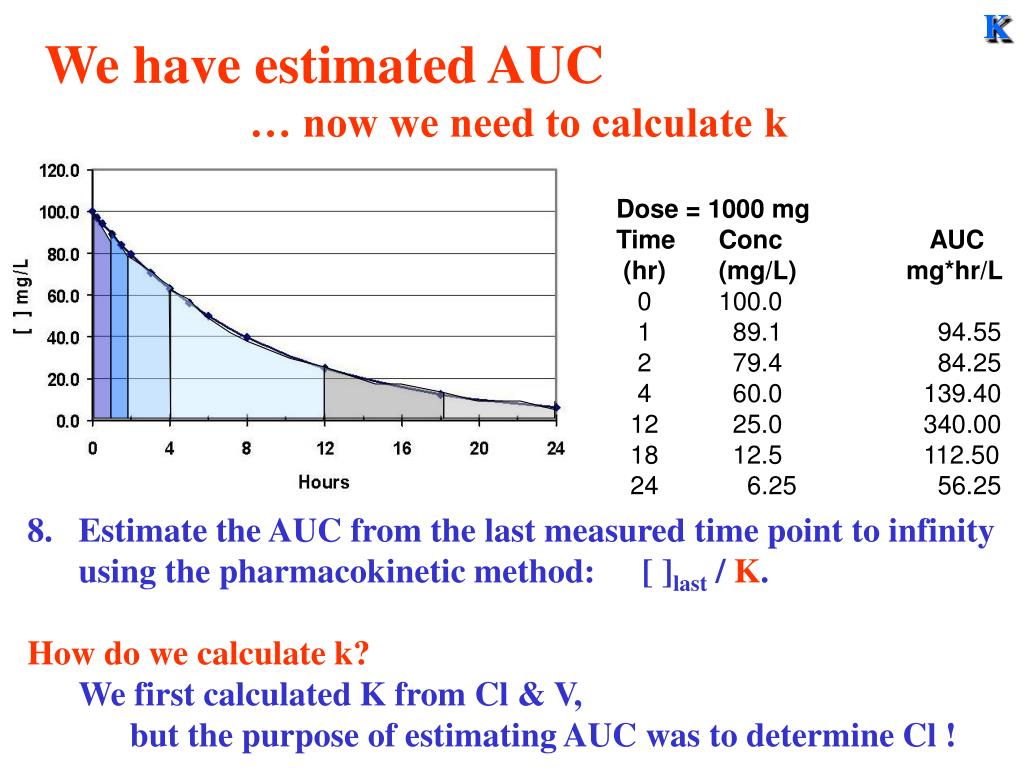
Dosage regimens are dependent on clearance and volume of distribution as well as pharmacodynamic factors, which change with age. Size models cannot be reliably used to predict dose regimens for children from schedules established for adult patients. Size is an important, but little recognised, component in the speed of onset of drugs effects and uptake of inhalational anaesthetic agents. Age-related changes in physiological processes, such as respiration and cardiac output, disappear with appropriate size models. For example, the clearance of opioids often approaches adult rates within the first few months of life when an allometric ¾ power model is used to scale for size. Use of the per kilogram size model has led to the misconception that children have an enhanced capacity to metabolise drugs because of their relatively large liver size or increased hepatic blood flow.

A great many physiological-, structural- and time-related variables scale predictably within and between species with weight exponents of 0.75, 1 and 0.25. Size is commonly standardised using either the per kilogram or the body surface area models. In the paediatric population, developmental changes can be predicted by age and are independent of size, which is predicted by body weight. Therapeutic index serves as an indicator to estimate the safety margin of a drug over a range of dose. Dose-dependent adverse effect can be avoided with finely tailored drug dosages for patients, especially those with impaired organ function. Understanding of the relationship between drug dose and response as well as the effect of agonist and antagonist is important for dosing optimization. regaining the maximal response), but not that caused by a non-competitive antagonist (the response achieved is always below the maximum). A drug that blocks the action of an agonist is called an antagonist increasing the agonist concentration may overcome the blockade caused by a competitive antagonist (i.e.
#Pharmacokinetics and dynamics calculator full#
In the presence of a partial agonist, the effect of a full agonist can be reduced and the condition may precipitate a withdrawal syndrome for drugs like narcotic opiates. A drug that is able to elicit a maximal response of a receptor is called a full agonist, while the response elicited by a partial agonist is submaximal. The linear slope indicates the range of doses in direct proportion to the intensity of response, while the maximum indicates that receptors are fully occupied by the drug, and doses given close to and more than this response point can potentially cause overdose toxicity. administered), yielding a sigmoidal curve when the response is plotted against logarithmic values of drug concentrations or doses. The intensity of response generally increases with plasma drug concentrations (reflected by doses. A receptor is usually a macromolecule of a cell with which an endogenous substance or a drug interacts (through specific recognition of binding domain) and elicits its effect (through transduction of signal into response). This is particularly relevant to the practising anaesthetist where multiple agents are required to produce optimal anaesthesia.ĭrugs act either by receptor or non-receptor-mediated mechanism. The purpose of understanding these concepts is to enable doctors to simultaneously achieve the desired therapeutic effects while minimising adverse effects. A basic explanation of drug-receptor interactions, dose-response relationships and therapeutic index is given for pharmacodynamics. Clinical pharmacokinetics including bioavailability, bioequivalence, first-order and zero-order kinetics as well as context-sensitive half-life have been discussed. Pharmacokinetics consists of four linked processes namely absorption, distribution, biotransformation and excretion. Concentration provides the link between pharmacokinetics and pharmacodynamics and will enable rational dosing.

These two concepts have been described as mathematical expressions of the relationship between drug dose and concentration for pharmacokinetics, and drug concentration and effect for pharmacodynamics. Compartment models have not been discussed despite their importance to the anaesthetist. Due to this, only some of the many relevant concepts have been explained. Pharmacokinetics and pharmacodynamics are vast and complex topics with medical textbooks dedicating entire chapters to explain the details.


 0 kommentar(er)
0 kommentar(er)
